Genrefying non-fiction – a few quick tips
Just start
I get it, a non-fiction collection, especially one that hasn’t been touched for a while can be extremely overwhelming. But all it takes is that first step.
You don’t have to do it all (at once)
This kind of fits in the ‘just start’ section. Just start somewhere. For a few of my non-fiction collections at different school libraries, I’ve started with a single genrefied collection. At my current library we started with a wellbeing collection. Just one collection, given a special shelf. We didn’t even give it a spine label until later and we didn’t even change the catalogue collection record to begin with. We just pulled the books and placed them at the front of the library. You could do the same with pop up collections. Try it and see how it goes. What is the reaction from students? (We had to fight the staff off to give the students a chance to even see the books). Maybe you have a few collections in mind. Sport, perhaps, or animals. Maybe science. These might be easy to give spine labels, new collections or even just new signage.
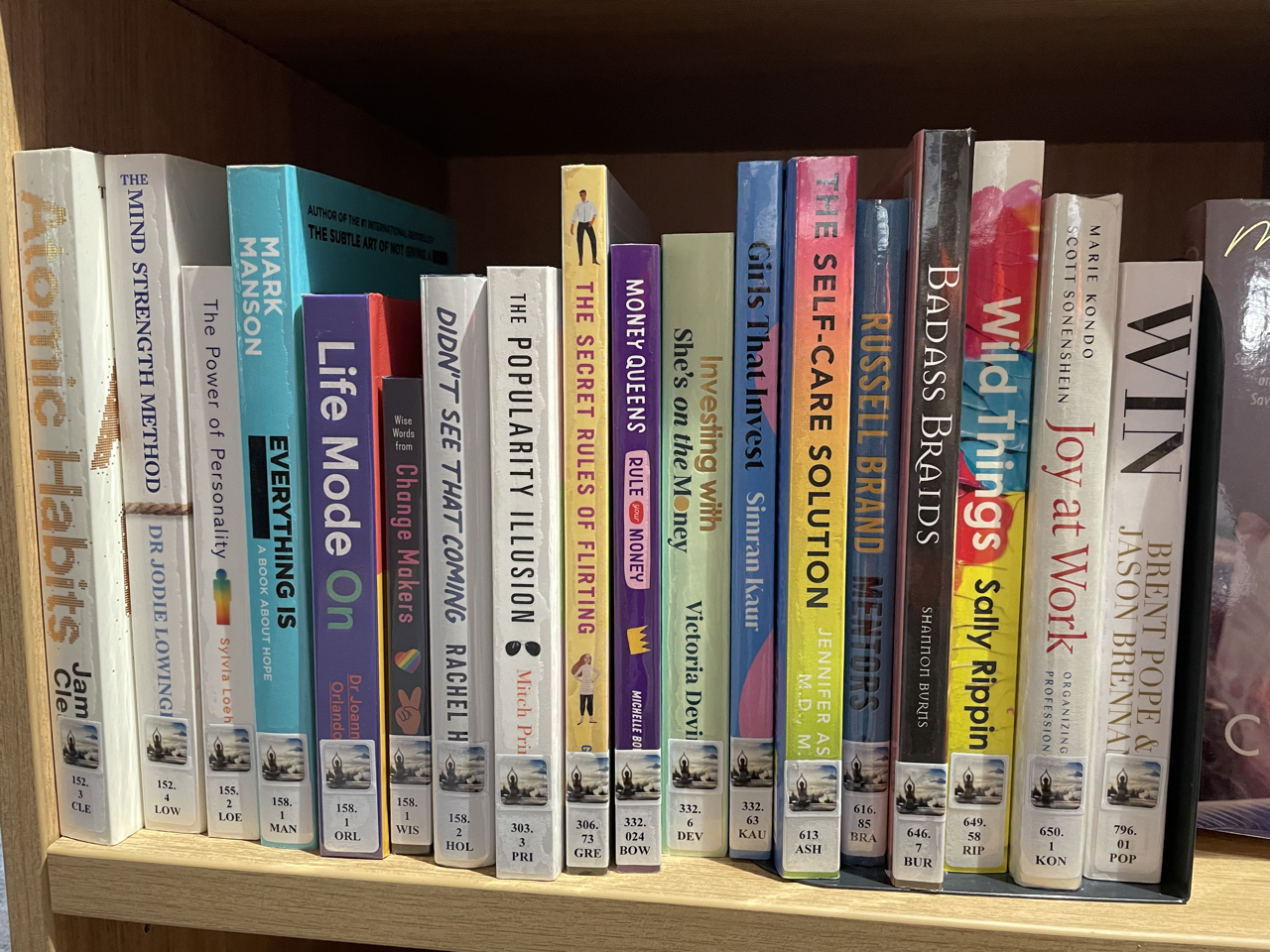
Cull – but don’t let that stop you
In most of my posts and tips about genrefication I tell people to cull their collections. Remove the outdated, the old, the mouldy. It saves you time. But I also understand that some people don’t enjoy weeding a collection as much as I do and some find it downright terrifying. So don’t let the cull stop you. In faction, I’m culling last in my current non-fiction genrefication process. Instead, I am pulling the books that fit my non-fiction criteria (new, relevant, representative, beautiful, of interest) and my collections (some are easy, like sport, some I need to decide where they best fit, well-being or Health and Fitness). What I am left with, I’ll then decide if I need to cull or if I need to hang onto them (in a left over, still ddc, just called non-fiction collection) until I know they are definitely not getting used (don’t you hate it, as soon as you weed that never-been-touched-in-ten-years-book, a staff member asks for it).
Signage – that’s all that really matters
If you do nothing, get yourself some decent signage. And don’t just rely on the decimal numbers. Give students the information they actually need – signs that tell them where to find books about animals, mythology, sport. Over the years, I’ve made my own signage keep costs down and customisability up.
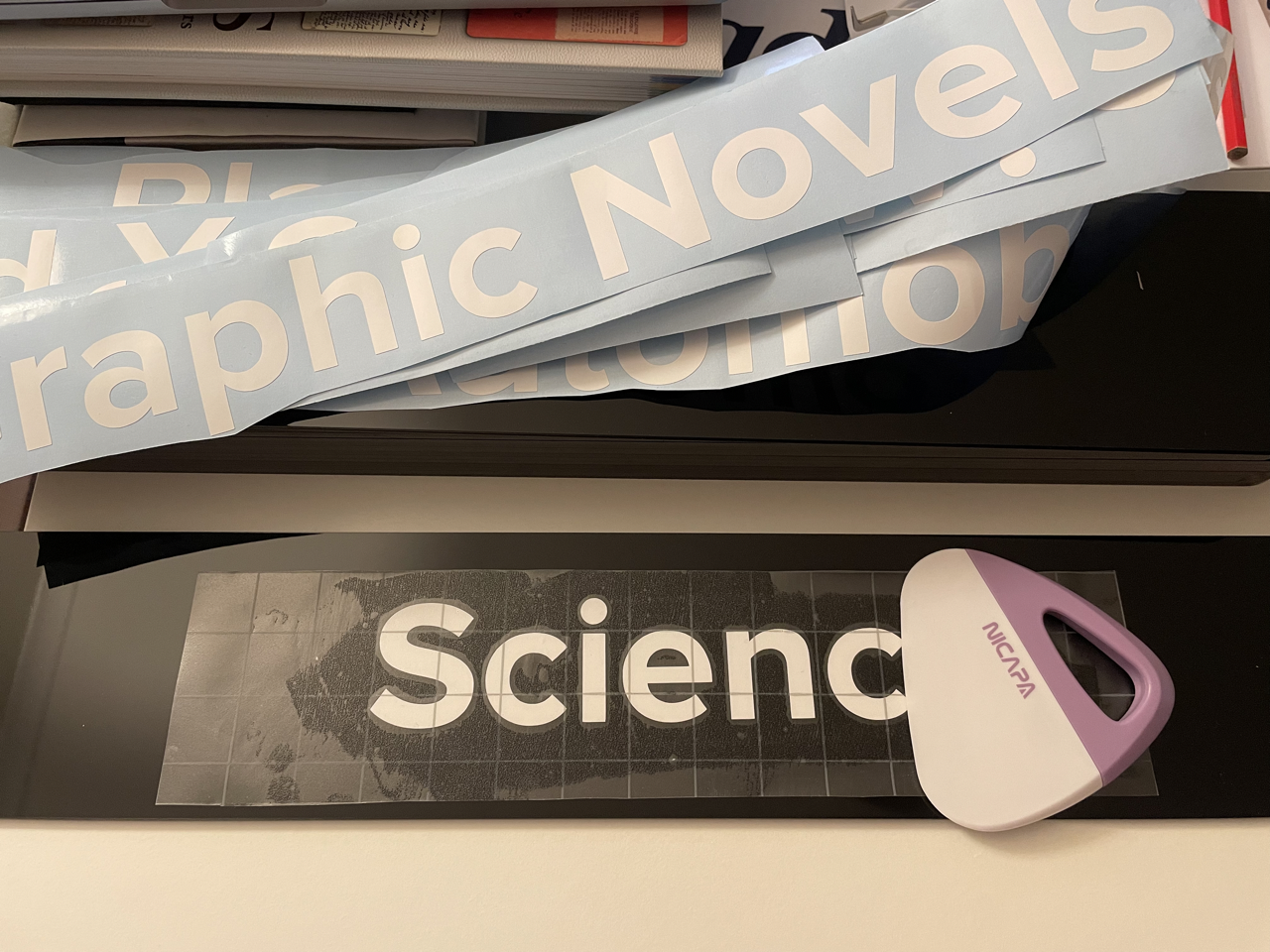
Selecting the collections – it’s up to you
I get asked a lot about my collections. What did I choose, what did I call them? I get it, it can be daunting to move from a system where absolutely everything has a section and a name that is predetermined to something where you have to decide. But that’s the beauty of genrefying a non-fiction collection. You get to customise it to suit your school, your collection, your students and their interests. Resist the urge to copy what someone else has done. Start by looking at your collection. What do you have a lot of? Look at your loan stats or observe a class borrowing. What sections are they borrowing from or asking for? Use the language your students use. Do they ask for horticulture or gardening books? Look at your library and school’s strategic plan, your school’s extra curricular list, your school’s subject choices. Do you have a chess and board game club, a gardening club, a focus on wellbeing or psychology? Make a list. And if you discover that you have books that don’t fit in a certain section, then that’s your clue you might need to create a new section.
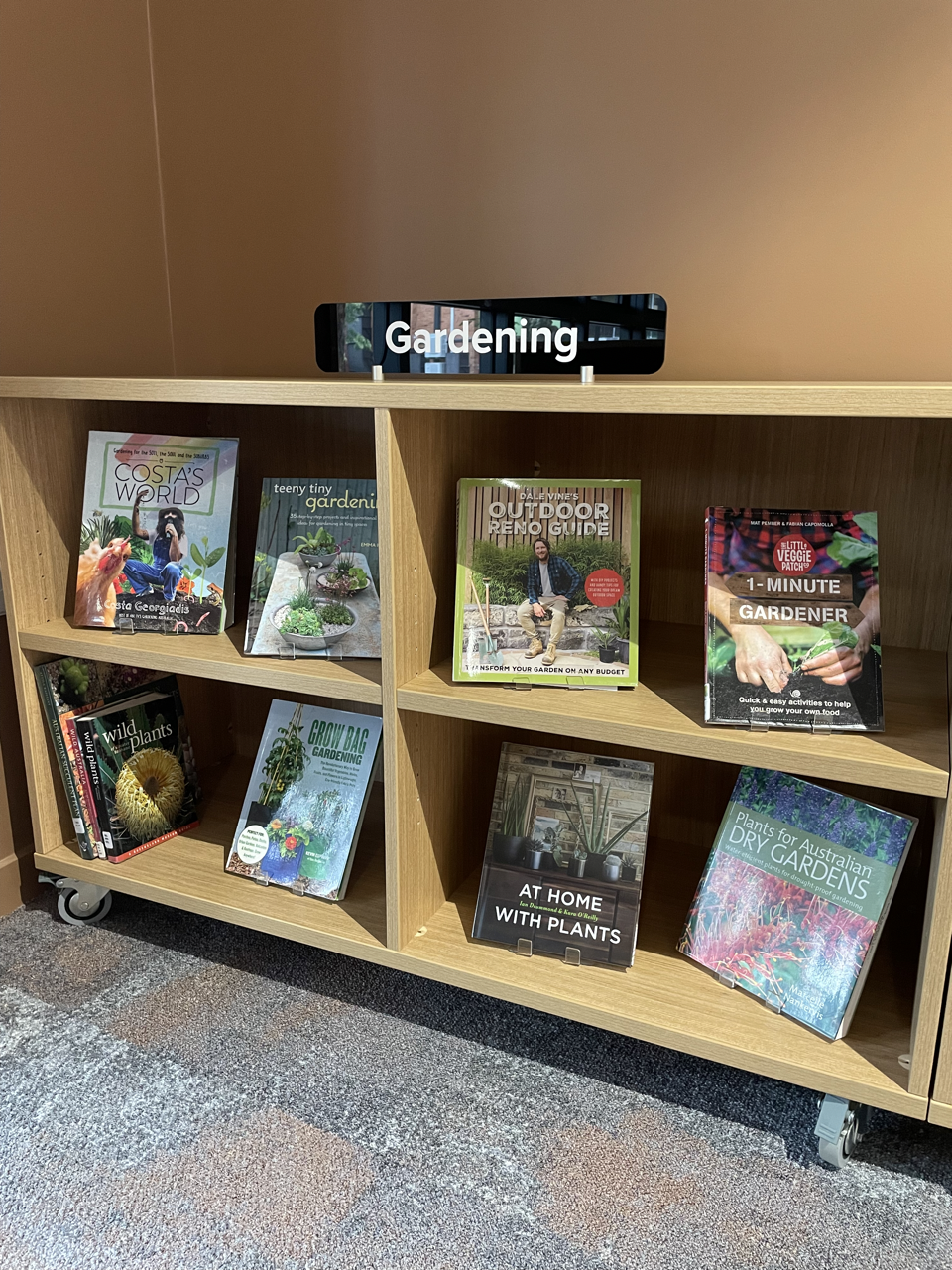
Updating the catalogue
I find the easiest way to reflect my genrefied collections is to create new collection sections in the catalogue, NF – Sport, NF – Music, and then scan the books I want in that section and do a global change. How you do this depends on your library management system. It saves changing any exisiting spine labels – yes, I usually keep my ddc labels on – and adding a genre spine label about that exisiting label.
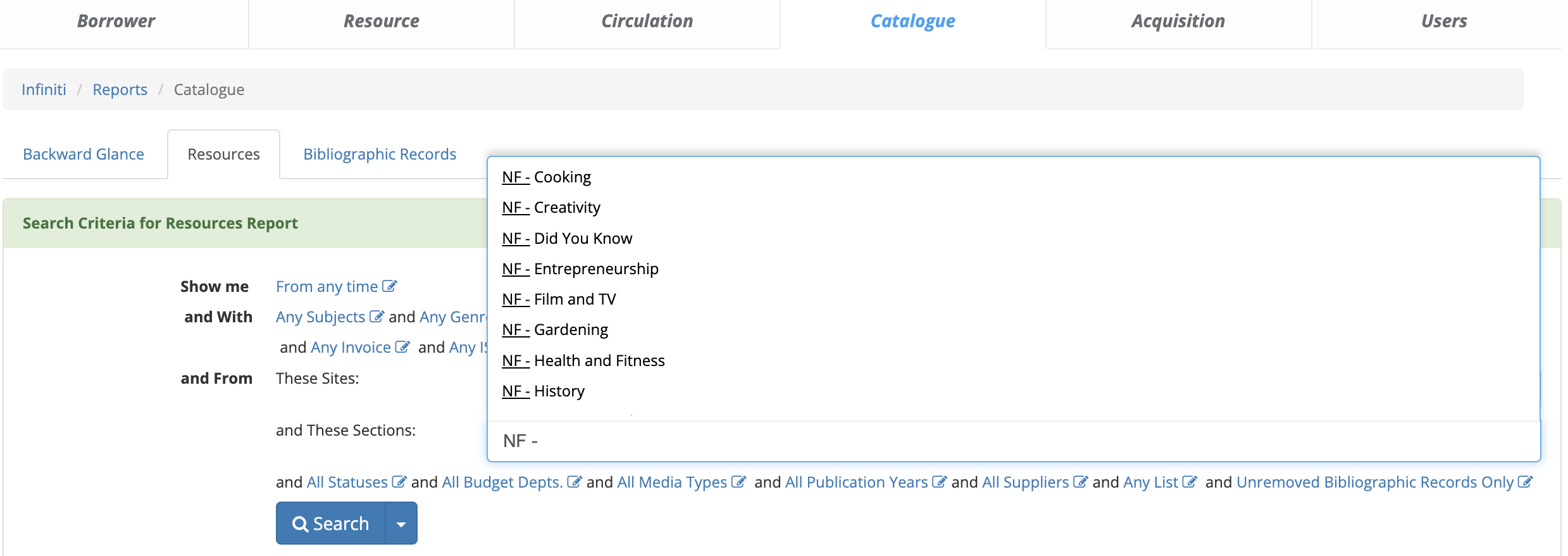
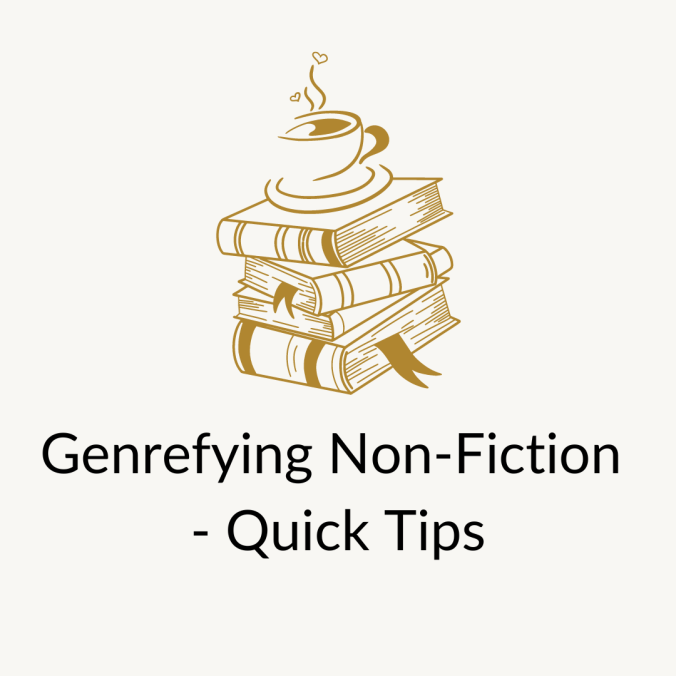


Leave a Reply